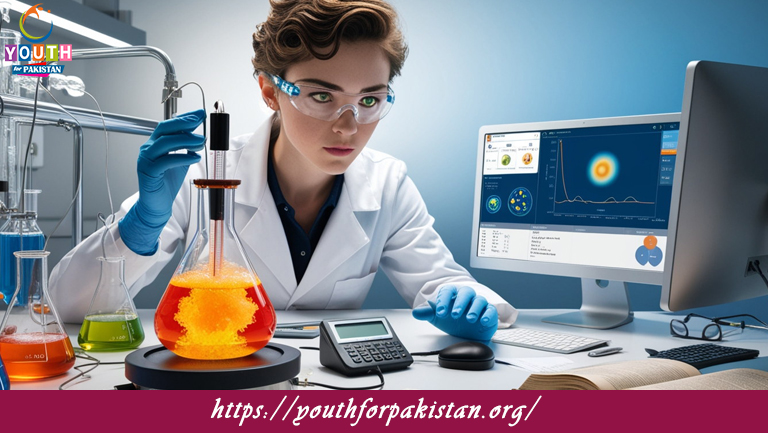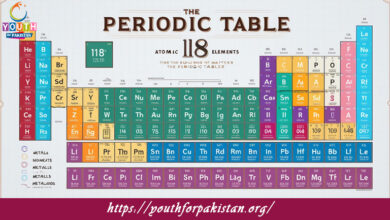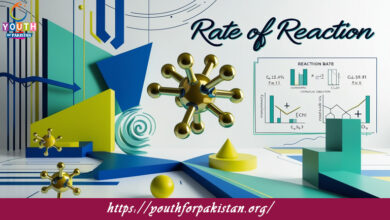Determination Of The Rate Of A Chemical Reaction MDCAT Quiz

Determination Of The Rate Of A Chemical Reaction MDCAT Quiz: The Determination of the Rate of a Chemical Reaction MDCAT Quiz is designed to test your understanding of chemical kinetics, a critical topic in MDCAT chemistry. This subject explores how the speed of a reaction is influenced by factors like concentration, temperature, and catalysts. Students preparing for the MDCAT will find this quiz invaluable for reinforcing their knowledge of reaction rates and mechanisms. Mastering this topic can give you a competitive edge in achieving high scores.
Why Take the Reaction Rate MDCAT Quiz?
The MDCAT Quiz on reaction rates challenges your understanding of key concepts such as rate laws, reaction orders, and methods of determining reaction speed. By practicing these questions, you can build the confidence to tackle complex scenarios in the exam. It also helps in understanding real-world applications, such as the role of enzymes in biological systems and the importance of catalysts in industrial processes. Regular quiz practice ensures you are well-prepared for MDCAT’s chemistry section.
Free Flashcards for Reaction Rate Review
Accompanying the MDCAT Quiz, free flashcards are available to simplify the review process for the determination of reaction rates. These flashcards highlight essential formulas, definitions, and step-by-step methods used in solving rate-related problems. They are a quick and effective way to memorize critical points, ensuring you stay ahead in your preparation. Flashcards are particularly useful for last-minute revisions, helping students retain vital information effortlessly.

The rate of a reaction can be determined by measuring the change in __________ over time.
concentration

To determine the rate of a reaction experimentally, one must measure __________.
time and concentration

The rate of a reaction involving colored reactants or products can be studied using __________.
spectrophotometry

The method of __________ rates involves comparing rates at different reactant concentrations.
initial
Experience the real exam environment with our expertly designed collection of over 25,000 MCQs MDCAT Mock Tests.





